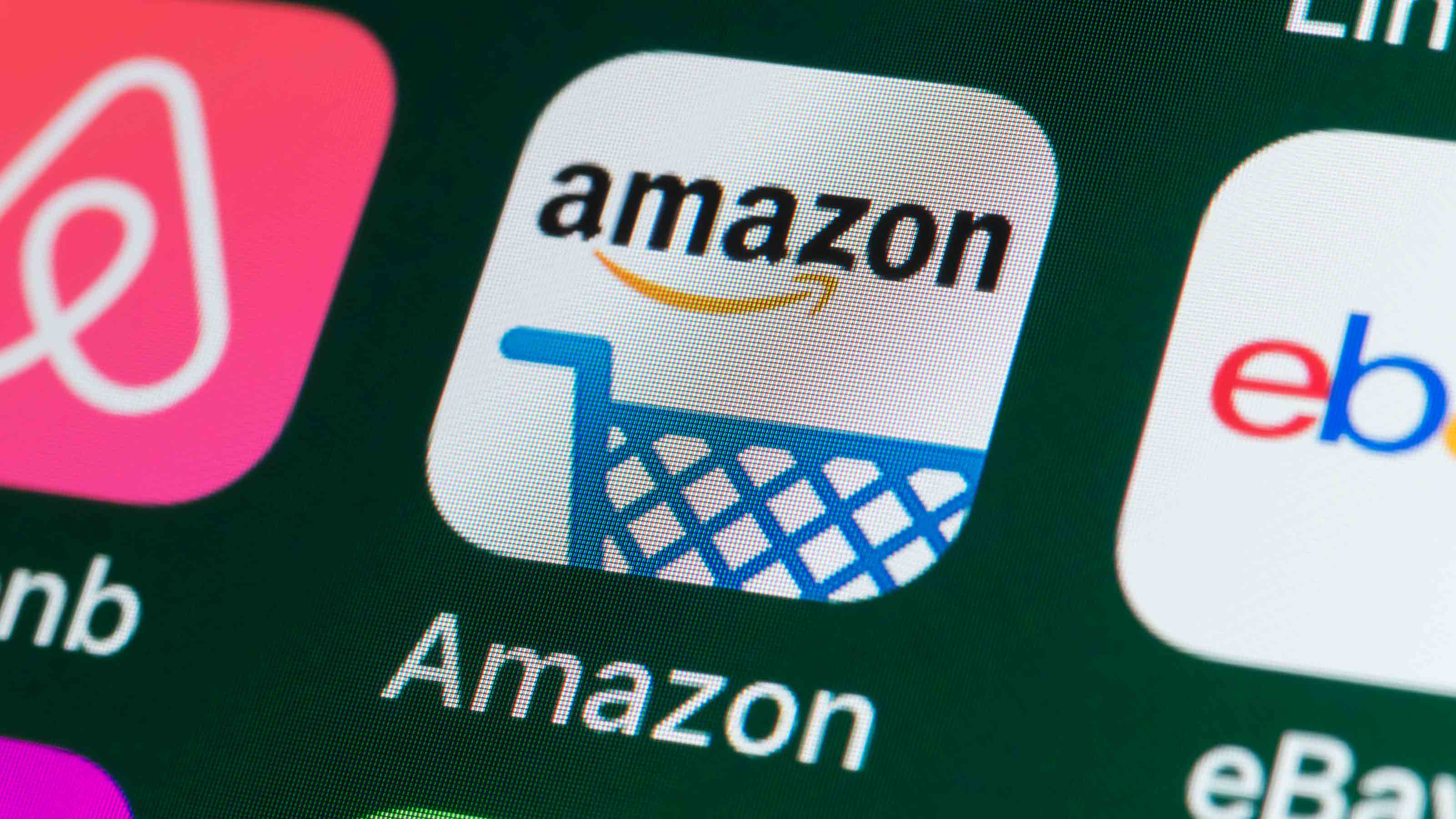Save Hundreds of Dollars by Switching Banks, Insurers, Credit Cards and More Right Now
Sticking with the same financial institutions and service providers could be costing you money – a lot of money.

My grandmother always said that loyalty was important. You probably had someone in your family who said the same. While the advice is valid in many circumstances, customer loyalty doesn’t always pay – literally.
You might be losing money by sticking with the same service providers. That’s why you should take the time to shop around to see if others can offer you a better deal. Here are five service providers, in particular, that you should consider breaking up with – or at least threaten to leave – to score substantial savings.
Your auto insurer. Market research firm J.D. Power found in its 2014 U.S. Insurance Shopping Study that customers save $300 per year, on average, by switching auto insurers. The savings were even greater -- $426, on average -- for those who had been with an insurer 11 years or more before switching.
From just $107.88 $24.99 for Kiplinger Personal Finance
Become a smarter, better informed investor. Subscribe from just $107.88 $24.99, plus get up to 4 Special Issues

Sign up for Kiplinger’s Free Newsletters
Profit and prosper with the best of expert advice on investing, taxes, retirement, personal finance and more - straight to your e-mail.
Profit and prosper with the best of expert advice - straight to your e-mail.
"The unfortunate truth is, being a loyal customer to an insurance company just doesn't necessarily pay,” says Joshua Dziabiak, co-founder of auto insurance comparison site The Zebra. He says that insurance companies tend to hike the rates of long-standing customers in small increments, hoping they won't notice. The Zebra customers save an average of $614 annually by comparison-shopping among the 200 companies on the site – with some saving as much as $1,200, he says. You also can get quotes from a variety of insurers at sites such as InsuranceQuotes.com and CarInsurance.com. See 3 Simple Steps to Reshop Your Car Insurance for more tips.
Your bank. Chances are you can pay lower fees and earn more interest by switching banks. According to the Bankrate 2014 Checking Account Survey, 62% of noninterest checking accounts charge fees and 96% of interest-bearing checking accounts charge fees. And the standard interest rate on checking accounts at major brick-and-mortar banks is a paltry 0.01%, says Nick Clements, founder of financial education site MagnifyMoney.com. You’re more likely to avoid fees – and get a higher return – with an account at an online bank, such as Ally Bank or Bank of Internet USA, a credit union or a community bank. You can compare accounts at MagnifyMoney.com and Bankrate, and you can search for community banks with free checking at Kasasa.
Your cable company. This is one service provider toward which you probably don’t feel much loyalty. Instead, you might be sticking with your cable TV company because you feel trapped. A survey by cg42, a business consulting group, found that 53% of cable customers said they would leave their provider if they thought they could. Even if you’re in an area with only one cable provider, you likely have other options that might cost less. Check with satellite TV providers, such as Dish Network or DirecTV, to see what sort of deals they’re offering.
Even if you don’t want to switch, let your cable company know that you’re shopping around and ask whether it will match a competitor’s offer. Be sure to speak with a supervisor, who has more power to make changes to your plan. If you threaten to switch to another provider, you'll likely find that your cable company can offer incentives to stay. I’ve done this and shaved $35 off my bill each month. For more strategies to cut your cable bill, see 6 Reasons You Hate Your Cable Company.
Your credit card issuer. For people with credit card debt, being loyal is very expensive, Clements of MagnifyMoney.com says. You’ve probably heard that if your account is in good standing, you can get an interest rate reduction by calling your company and asking. This is true, Clements says, but the card company will likely cut your rate by just a percentage point or two from, say, 17% to 16% or 15%. But if you switch to another card with a low introductory rate, you could cut your interest rate – at least for a period of time – by 90% or more, he says.
Balance transfers are the best way to get your rate as low as possible, but that requires a commitment to “debt surf” (move from one promo offer to another) until your card is paid off, Clement says. “If you are willing to do that, it is hard to find a cheaper way to pay off your debt,” he says. Another alternative is to open a credit card with a credit union, which tends to have low interest rates. For example, Clements says the PenFed Credit Union's Promise card has an annual percentage rate ranging from 7.99% to 16.99%, depending on your creditworthiness; the Citi Simplicity card, Citibank’s “lower rate” credit card offering for people with debt, has an APR of 12.99% to 22.99%.
Your wireless provider. Wireless companies frequently offer incentives to customers who switch carriers, ranging from bill credits and discounts on new phones to payment of early termination fees charged by other carriers. That’s why you should check the Web sites of wireless providers every few months to see what sort of deals they have. My husband and I got a $100 credit on our wireless bill when he switched from his service provider to the one I use. And we were able to get more data at a lower rate through a family plan than what we were paying for separate plans with two providers.
Profit and prosper with the best of Kiplinger's advice on investing, taxes, retirement, personal finance and much more. Delivered daily. Enter your email in the box and click Sign Me Up.

Award-winning journalist, speaker, family finance expert, and author of Mom and Dad, We Need to Talk.
Cameron Huddleston wrote the daily "Kip Tips" column for Kiplinger.com. She joined Kiplinger in 2001 after graduating from American University with an MA in economic journalism.
-
 How Much a $100k Jumbo CD Earns You
How Much a $100k Jumbo CD Earns YouYou might be surprised at how fast a jumbo CD helps you reach your goals.
-
 How Charitable Trusts Benefit You and Your Favorite Charities
How Charitable Trusts Benefit You and Your Favorite CharitiesThese dual-purpose tools let affluent families combine philanthropic goals with advanced tax planning to generate income, reduce estate taxes and preserve wealth.
-
 A 5-Step Plan for Parents of Children With Special Needs
A 5-Step Plan for Parents of Children With Special NeedsGuidance to help ensure your child's needs are supported now and in the future – while protecting your own financial well-being.
-
 Five Ways to Save on Vacation Rental Properties
Five Ways to Save on Vacation Rental PropertiesTravel Use these strategies to pay less for an apartment, condo or house when you travel.
-
 How to Avoid Annoying Hotel Fees: Per Person, Parking and More
How to Avoid Annoying Hotel Fees: Per Person, Parking and MoreTravel Here's how to avoid extra charges and make sure you don't get stuck paying for amenities that you don't use.
-
 How to Appeal an Unexpected Medical Bill
How to Appeal an Unexpected Medical Billhealth insurance You may receive a bill because your insurance company denied a claim—but that doesn’t mean you have to pay it.
-
 Amazon Prime Fees Are Rising. Here’s How to Cancel Your Amazon Prime Membership
Amazon Prime Fees Are Rising. Here’s How to Cancel Your Amazon Prime MembershipFeature Amazon Prime will soon cost $139 a year, $180 for those who pay monthly. If you’re a subscriber, maybe it’s time to rethink your relationship. Here’s a step-by-step guide to canceling Prime.
-
 How to Haggle for Almost Anything
How to Haggle for Almost AnythingSmart Buying Learning how to haggle is an invaluable skill. These strategies will help you negotiate a better price for just about any product or service.
-
 Disability Insurance Can Provide COVID Coverage
Disability Insurance Can Provide COVID CoverageCoronavirus and Your Money If you are concerned about long-term complications from COVID-19, consider disability insurance coverage.
-
 21 Things You Can't Return to Amazon — Either Online or In-Store
21 Things You Can't Return to Amazon — Either Online or In-StoreDid you know there are things you can't return to Amazon? Before adding these 21 items to your cart, be sure to read Amazon's return policy first.
-
 How to Avoid a Charity Scam
How to Avoid a Charity Scampersonal finance Scammers never quit, even when you're trying to be altruistic. But you can avoid getting duped if you do your homework.